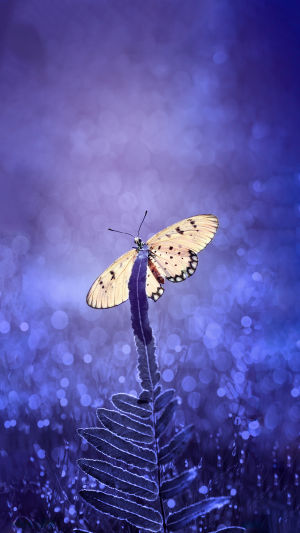Have you ever watched a butterfly flutter by and wondered about its incredible journey?
Butterflies undergo one of nature's most amazing transformations and some, like the monarch butterfly, travel thousands of kilometers during migration.
Today, we'll explore the butterfly's life cycle—from tiny egg to graceful mature butterfly—and dive into the mysteries of their long-distance migration. Together, we'll appreciate the beauty and complexity of these delicate creatures.
<h3>The Four Stages of the Butterfly Life Cycle</h3>
Butterflies experience a complete metamorphosis with four distinct stages: egg, larva (caterpillar), pupa (chrysalis), and mature butterfly. It all begins when a female butterfly lays eggs on the leaves of host plants. These eggs hatch into caterpillars, which spend most of their time eating and growing rapidly.
Once ready, the caterpillar forms a chrysalis, entering the pupal stage. Inside, it undergoes a remarkable transformation, reorganizing its body into a mature butterfly. Finally, the mature butterfly emerges, dries its wings, and prepares for flight. This cycle can take weeks to months depending on the species and environmental conditions.
<h3>Monarch Butterflies' Epic Migration</h3>
Among butterflies, monarchs are famous for their extraordinary migration. Every year, millions of monarchs travel thousands of kilometers from North America to specific overwintering sites in Mexico and California. This journey spans multiple generations, as no single butterfly completes the entire round trip.
Scientists believe monarchs use a combination of the sun's position, magnetic fields, and environmental cues to navigate. Their migration is a delicate balance of endurance, timing, and survival, making it one of the most impressive feats in the insect world. Dr. Karen Oberhauser, professor of ecology and evolutionary biology at the University of Minnesota, stated that monarch migration is guided by environmental cues and genetic instincts, making it one of the most remarkable journeys in the animal kingdom.
<h3>How Migration Supports Survival</h3>
Migration helps monarchs escape harsh winter conditions and find suitable habitats with enough food and shelter. By moving seasonally, they avoid freezing temperatures and scarce resources that would threaten their survival.
This behavior also influences their reproduction cycles, as butterflies returning north in spring lay eggs that hatch into new generations. The cycle of migration and reproduction ensures the species' continuation despite environmental challenges.
<h3>Challenges Facing Butterflies Today</h3>
Unfortunately, butterfly populations, including monarchs, face threats from habitat loss, climate change, and pesticide use. Loss of milkweed plants—the monarch's essential host—reduces breeding grounds. Changes in weather patterns can disrupt migration timing and success.
Conservation efforts focus on protecting habitats, planting native milkweed, and raising awareness about butterflies' ecological importance. By supporting these actions, we help preserve these beautiful insects and their incredible journeys.
<h3>Let's Celebrate and Protect Butterflies Together</h3>
Have you ever seen a monarch butterfly on its migration or raised caterpillars at home? What fascinates you most about their life cycle or travel? We invite you to share your stories and thoughts.
Together, by learning and caring, we can protect butterflies and ensure future generations continue to enjoy their delicate beauty and inspiring journeys. Thank you for joining us in exploring the amazing life and migration of butterflies!





